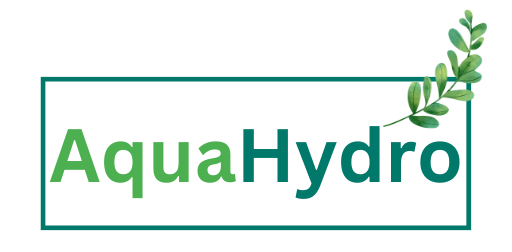In the ever-evolving world of agriculture, sustainable farming practices have taken center stage, offering innovative solutions to some of the most pressing environmental challenges we face today. One such revolutionary method that has been making waves in the farming community is Raft Aquaponics. In this comprehensive guide, we delve deep into the intricacies of this eco-friendly farming technique and shed light on how it can transform the way we grow food.
What is Raft Aquaponics?
Raft Aquaponics, also known as Deep Water Culture (DWC), is a cutting-edge farming system that combines aquaculture and hydroponics to create a symbiotic relationship between fish and plants. This innovative approach not only maximizes resource efficiency but also minimizes environmental impact, making it an ideal choice for sustainable agriculture enthusiasts.

The Basics: How Raft Aquaponics Works
At its core, Raft Aquaponics operates on a simple yet ingenious principle: fish waste is used as a natural fertilizer for plants, and in return, the plants purify the water for the fish. Here’s a detailed breakdown of the process:
Fish Tanks: The system begins with a tank containing fish, typically tilapia or catfish. These fish generate waste, mainly in the form of ammonia.
Biofiltration: The fish waste-laden water is then pumped into a biofilter, where beneficial bacteria convert the ammonia into nitrites and then into nitrates, which are valuable nutrients for plants.
Raft Beds: From the biofilter, the nutrient-rich water is directed to raft beds, which are essentially shallow containers filled with floating rafts that support the plants. These plants, usually leafy greens and herbs, have their roots submerged in nutrient-rich water.
Plant Growth: As the plants absorb the nutrients they need, they effectively filter and purify the water, which is then recirculated back to the fish tanks, providing them with clean water.
Harvest: Over time, the plants grow, and they can be harvested for consumption, providing a sustainable source of fresh produce.
Advantages of Raft Aquaponics
- Sustainable Water Usage
One of the standout features of Raft Aquaponics is its efficient water use. Traditional soil-based farming consumes vast amounts of water, whereas this system recirculates water between the fish tanks and raft beds, drastically reducing water wastage.
- Minimal Environmental Impact
Raft Aquaponics promotes eco-friendly farming by minimizing the need for synthetic fertilizers and pesticides. This results in reduced pollution and a smaller carbon footprint, making it a compelling choice for environmentally conscious farmers.
- Increased Crop Yield
With optimal nutrient delivery and controlled environmental conditions, Raft Aquaponics often leads to faster and more prolific plant growth compared to traditional methods. This means a higher yield of fresh produce, which is crucial for meeting the ever-increasing global food demand.
- Year-Round Production
Unlike seasonal outdoor farming, Raft Aquaponics can be set up indoors, allowing for year-round production of crops. This consistency is especially valuable in regions with harsh climates or limited arable land.
Setting Up Your Raft Aquaponics System
- Choosing the Right Location
Selecting an appropriate location is the first step in setting up your Raft Aquaponics system. Ensure that you have enough space for the fish tanks, raft beds, and a controlled environment if you plan to farm year-round.
- Fish Selection
Tilapia and catfish are popular choices due to their adaptability to aquaponics systems. Research and select fish species that are suitable for your local climate and regulations.
- Water Quality Management
Maintaining water quality is essential for the health of both fish and plants. Regularly monitor parameters like pH, ammonia, nitrite, and nitrate levels to ensure a thriving ecosystem.
- Plant Selection
Choose plants that thrive in the hydroponic environment of your raft beds. Leafy greens, herbs, and some fruiting plants are well-suited for Raft Aquaponics.
- System Maintenance
Regularly inspect and clean the system components to prevent clogs and maintain optimal water circulation. This will ensure the longevity and efficiency of your aquaponics setup.
The Future of Sustainable Farming
Raft Aquaponics represents a significant stride towards sustainable farming practices that are both economically viable and environmentally responsible. By harnessing the power of nature’s balance between fish and plants, this innovative system offers a path to food production that is not only more efficient but also more ecologically sound.
As the world grapples with the challenges of feeding a growing population while mitigating environmental impact, Raft Aquaponics emerges as a beacon of hope, showcasing how ingenuity and technology can converge to create a brighter and more sustainable future for agriculture.

